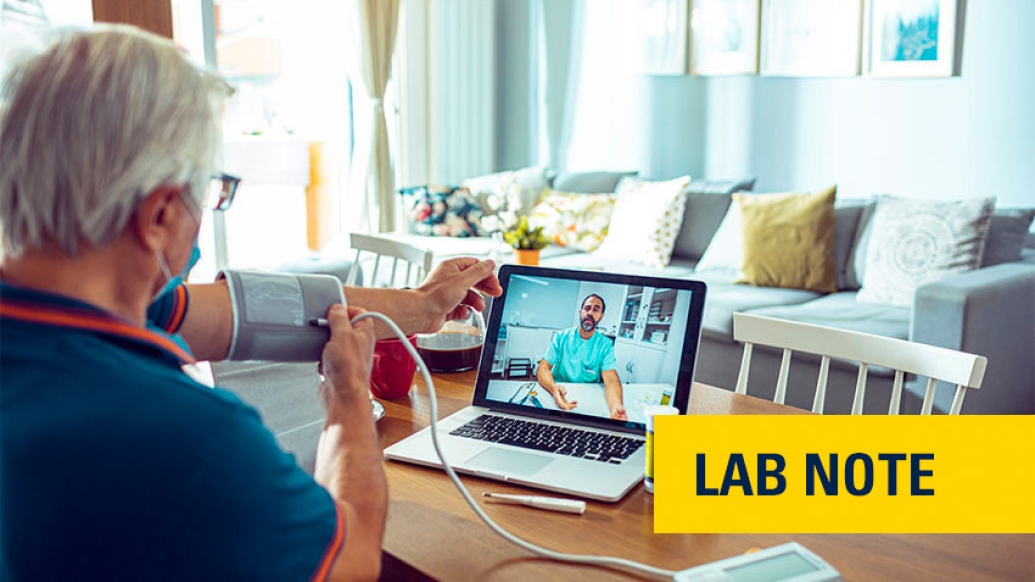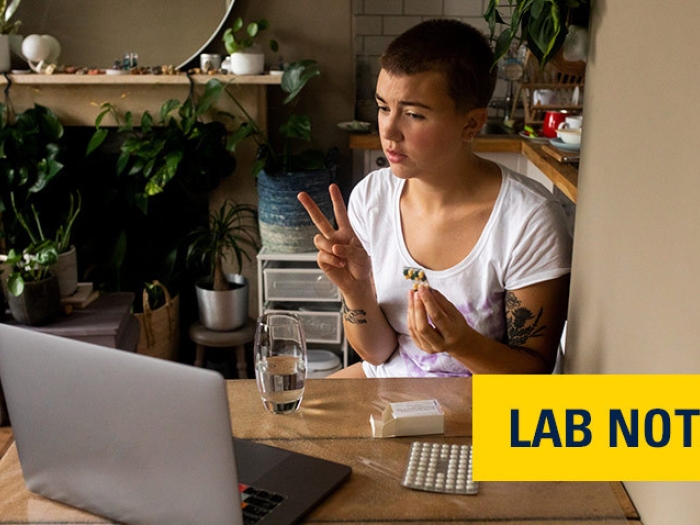New analysis of Medicare data shows substitution rather than increased utilization, and suggests policymakers should focus on increasing rural access.
11:00 AM
Author |

About one in six doctor's office visits by older Americans no longer takes place in an actual doctor's office, but rather online or over the phone, a new analysis of telehealth visits billed to Medicare in the past two years finds.
The total number of such visits – the kind focused on evaluating a medical condition or symptom and making a plan for managing it – didn't rise from 2019 to 2020, the analysis shows.
That's despite some concerns that widespread access to telehealth because of the COVID-19 pandemic would lead to an increase in the total number of such visits.
But the data highlight another concern about telehealth: access issues for older adults living in rural parts of the country.
The report shows about a third of rural older adults had at least one virtual visit in 2020, compared with nearly half of their counterparts in suburban and urban areas.
The analysis of Medicare data from 2019 and 2020, published as a brief report by the University of Michigan Institute for Healthcare Policy and Innovation, suggests policymakers may need to focus on ways to increase telehealth use by rural older adults. It also provides information that could inform decisions about post-pandemic payment for telehealth visits by Medicare, which has been covering virtual visits under special emergency rules.
This brief report builds on previous work by IHPI members and shows what has happened since the time period studied in newly published research from Harvard University on Medicare telehealth use prior to the pandemic.
"Before the pandemic, Medicare's telehealth provisions focused mainly on rural areas, to increase access to specialists through virtual visits originating from their local physician's office, but uptake was low," said Chad Ellimoottil, M.D., M.S., lead author of the U-M brief report and an assistant professor of urology at Michigan Medicine, U-M's academic medical center. "In the pandemic era, coverage for telehealth has led to a steady percentage of evaluation and management appointments being conducted virtually. For the most part, these visits have been a substitute for in-person care"."
Ellimoottil directs IHPI's Telehealth Research Incubator, which has produced other reports on telehealth trends and attitudes since before the pandemic.
At the height of the first pandemic surge in April 2020, about half of Medicare participants' appointments to evaluate a medical concern and get a treatment recommendation took place online or over the phone.
That declined to a lower, but steady, rate between 13.5% and 18.3% for the rest of 2020. But the overall number of evaluation and management appointments didn't rise past the median number of such visits in 2019 – and in fact, on the whole older adults had fewer such appointments for all of 2020. This suggests that telehealth visits are being used as a substitute for in-person care, not an add-on, and that some adults are avoiding care.

Explore a variety of healthcare news & stories by visiting the Health Lab home page for more articles.

Department of Communication at Michigan Medicine
Want top health & research news weekly? Sign up for Health Lab’s newsletters today!





